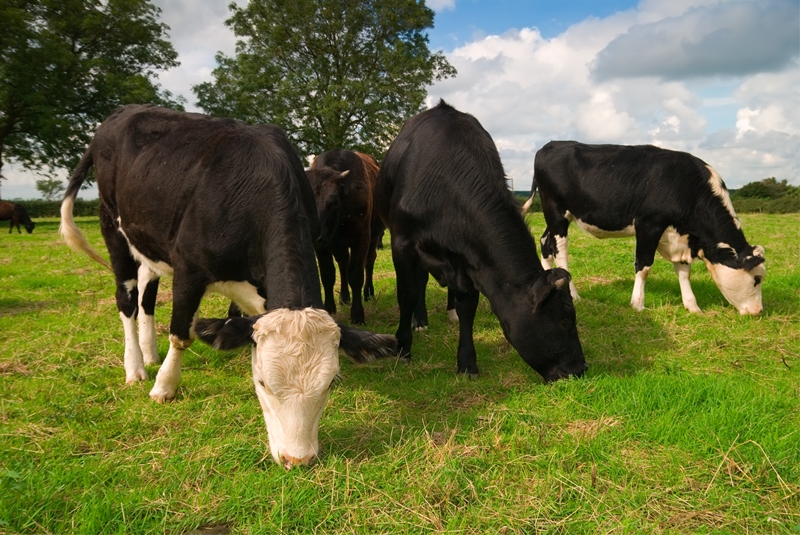For beef producers, the early grazing season poses both opportunity and risk. The nutritional quality of grasslands during the months following calving is a key factor in the reproductive success of beef herds, with direct implications for herd productivity and commercial viability.
Cows need to conceive within 80 to 85 days after calving to maintain optimal calving intervals. However, the first 90 days postpartum are the most demanding nutritionally, as lactation takes precedence over reproduction. During peak lactation, typically about two months after calving, a cow requires approximately 1.5 times more protein and energy than she did in late pregnancy. If these nutritional needs are unmet, cows often lose body condition, significantly reducing conception rates.
Research shows a stark contrast in pregnancy outcomes based on body condition entering the breeding season. Cattle with a body condition score (BCS) of 4 achieved only a 58% pregnancy rate, even with an extended breeding window. In contrast, cattle in moderate condition (BCS 5) saw conception rates jump to 85%.
For producers transitioning cattle to pasture in late spring, the forage availability and quality timing are critical. In regions like North Dakota, pastures are increasingly dominated by cool-season grasses such as Kentucky bluegrass and smooth brome. These species offer high nutritional value early in the season (mid-May to early June), often exceeding 15% crude protein and 60% total digestible nutrients (TDN). However, quality drops sharply as the season progresses.
Warm-season grasses, which grow later into summer, can help compensate for the decline in cool-season species, but their nutritional levels are also limited. By September and October, crude protein levels fall to 4–8%, and TDN can drop below 52%.


